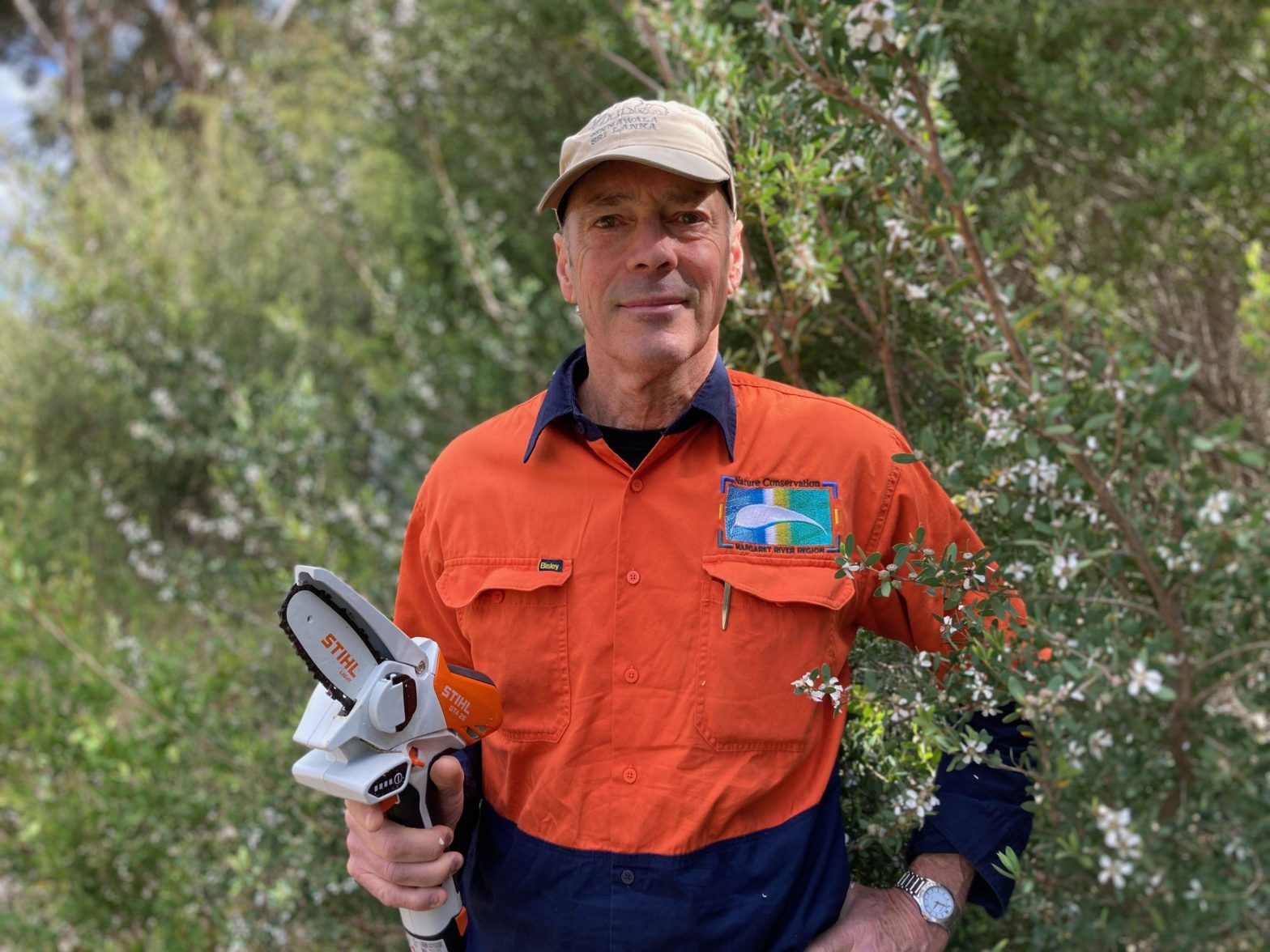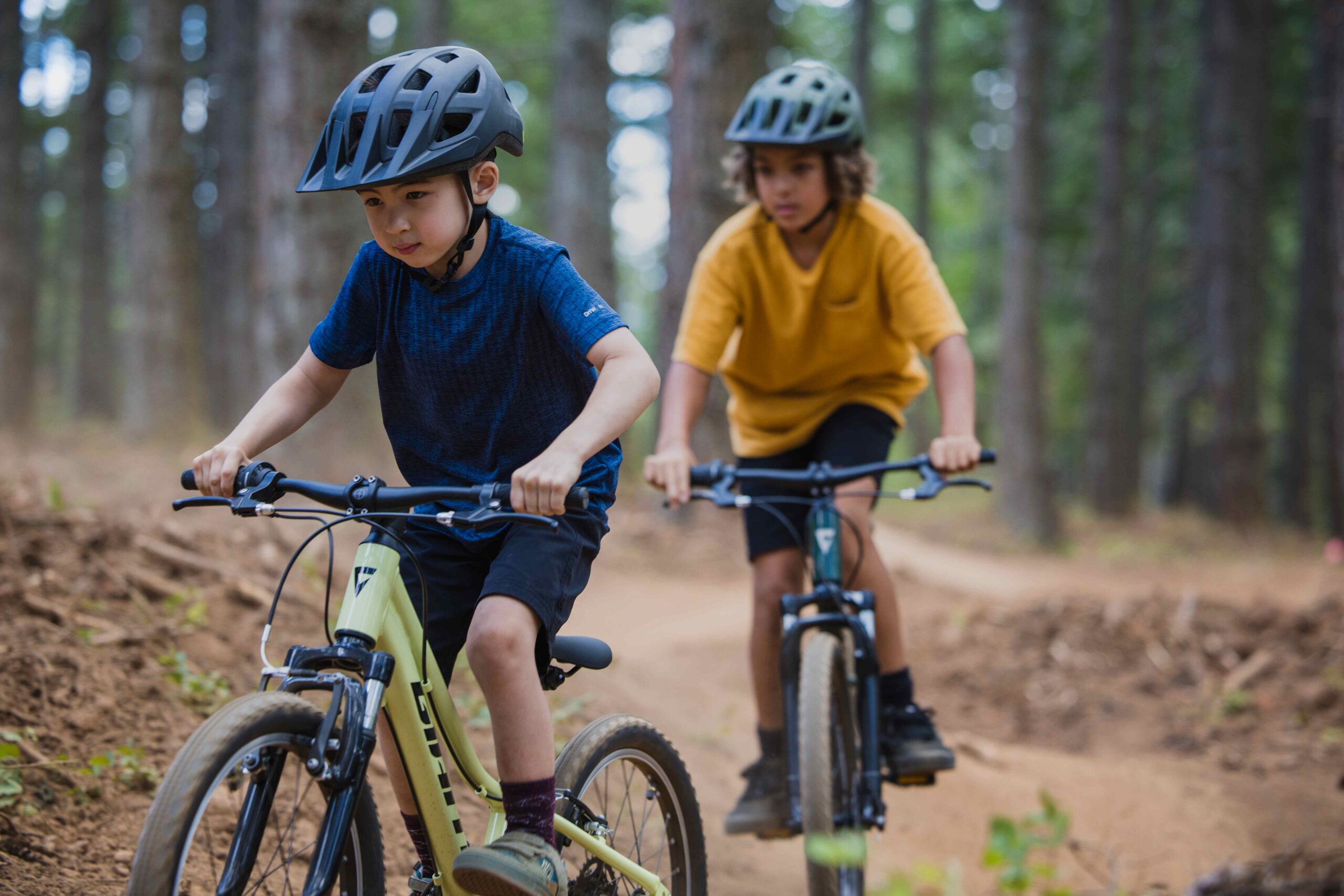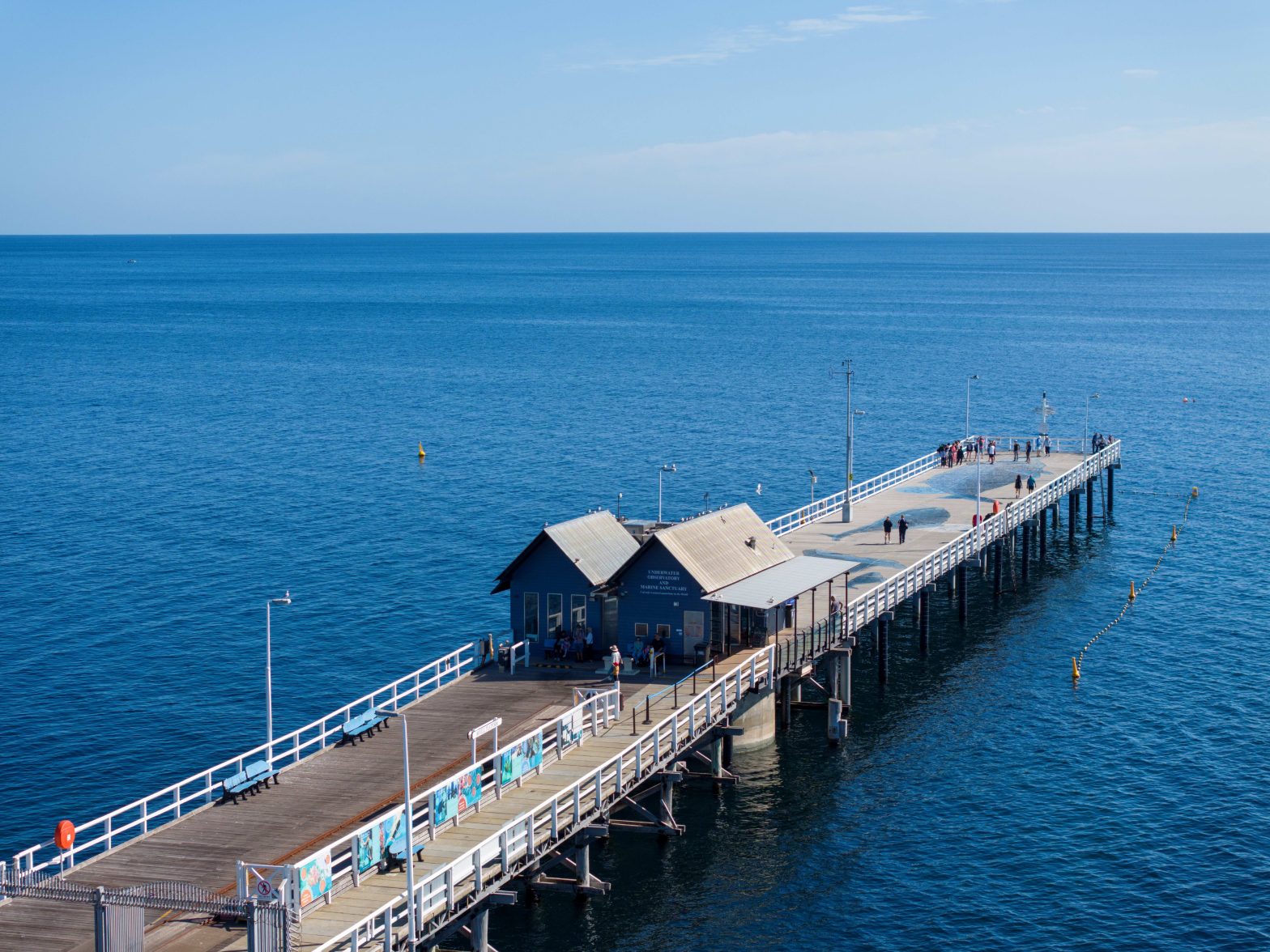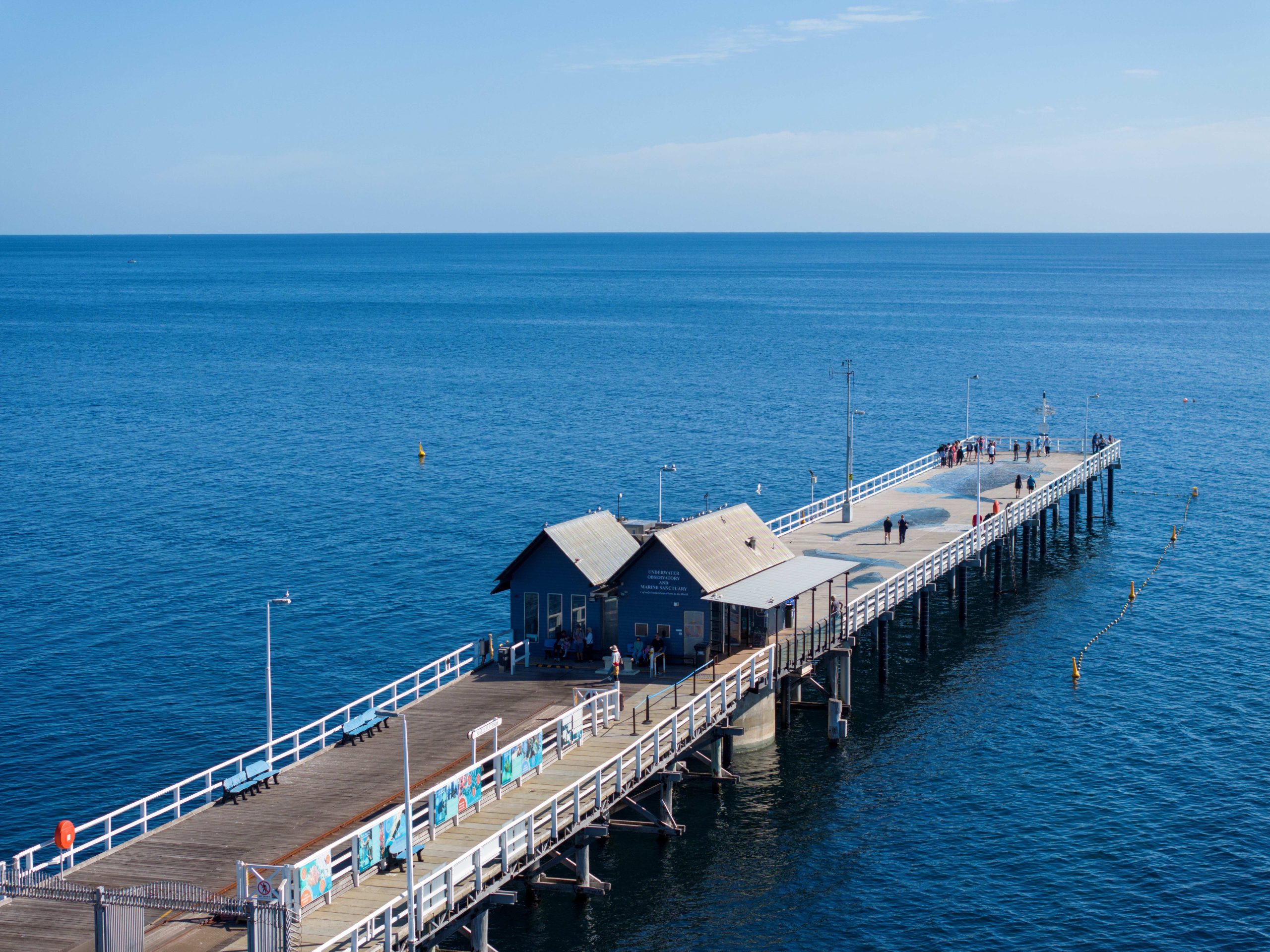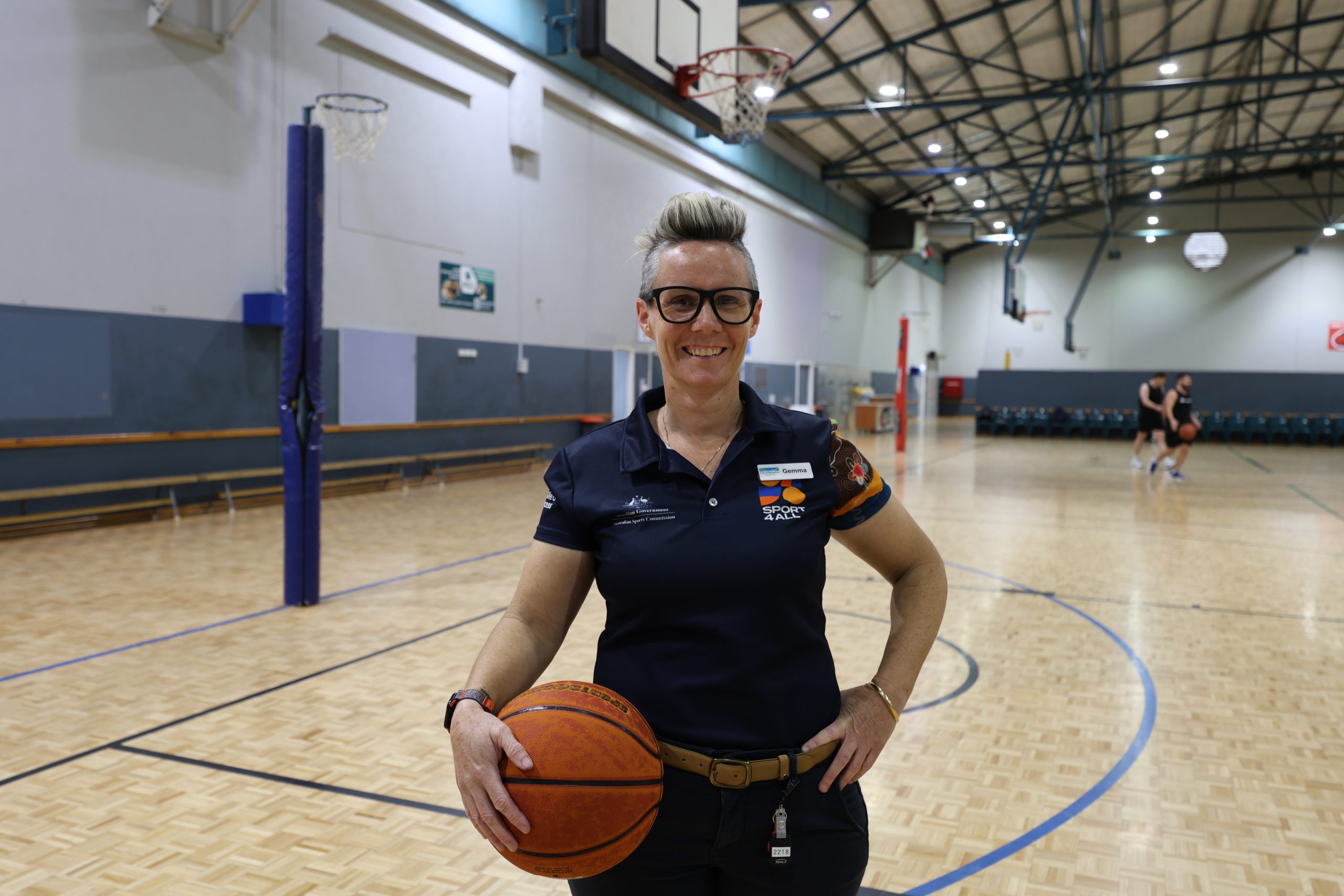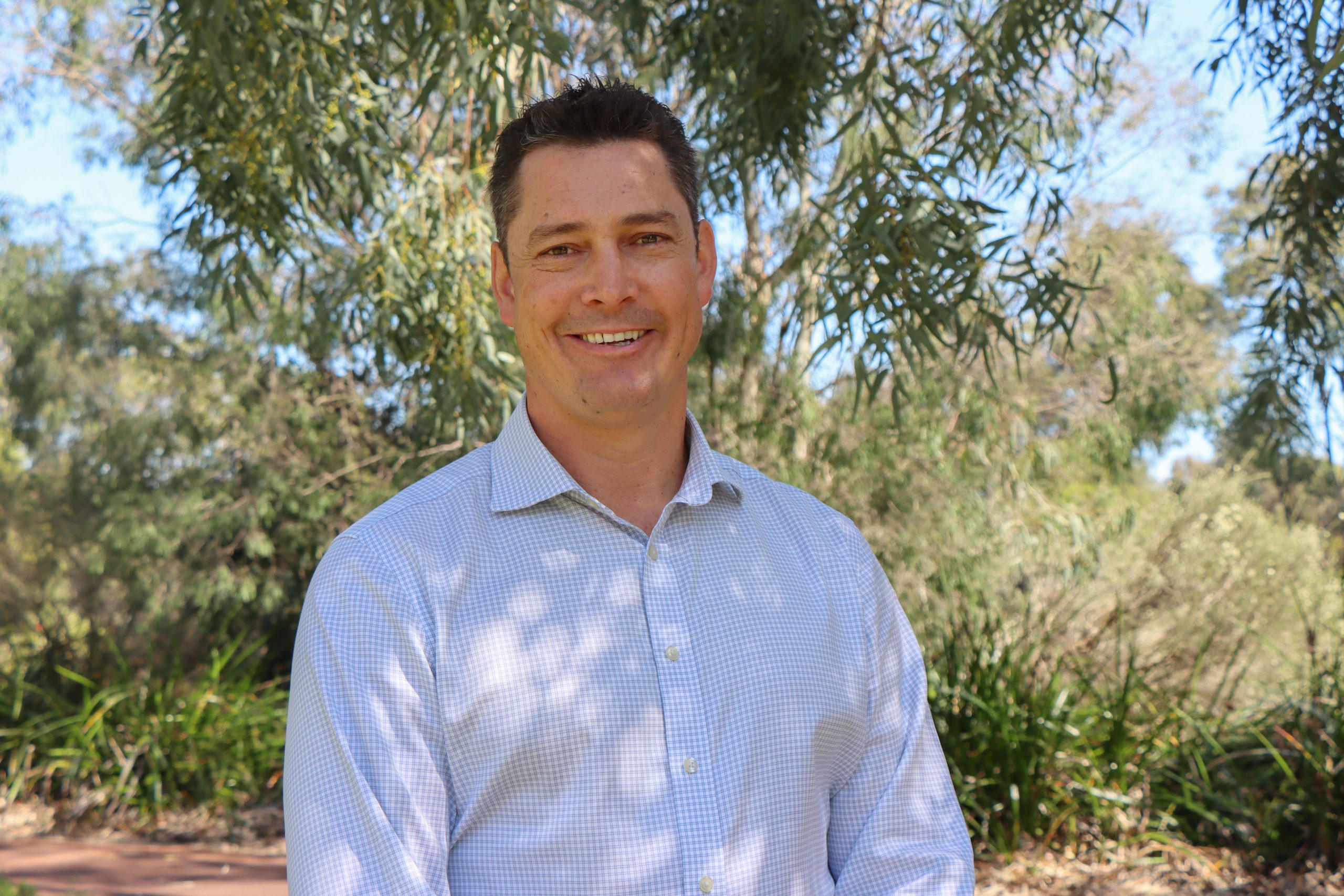Next problem plant on 'Woody Weeds' hitlist
Victorian Teatree is the latest problem weed tree being targeted in Nature Conservation Margaret River Region’s Woody Weeds Campaign.
The worst weedy trees in the region are in the firing line as part of the two-year campaign, with everyone from suburban gardeners to bush block owners urged to help stop the spread from gardens to neighbouring properties and surrounding bushland.
The Woody Weeds Campaign is targeting certain weedy trees including Victorian Teatree, Sweet Pittosporum, Sydney Golden Wattle, Flinders Range Wattle, Blackwood and even olives because they pose big problems for the forest and wetlands and are regarded among the worst environmental weeds in Australia.
Nature Conservation’s biodiversity officer Mike Griffiths says Victorian Teatree, also known as Coastal Teatree, is from south-eastern Australia and was introduced as a garden plant and for screening and wind breaks.
Now, it’s a major weed in local bushland.
“It’s a tall shrub or small tree growing up to six metres,” Mike said. “You can identify it by the sprays of white flowers from July to October, solid trunks with strips of bark and small, rounded leaves which are a distinctive grey-green colour.
“It loves sandy and gravel soils and thrives in coastal areas and roadsides.
“The flowers look similar to a couple of southwest native species but it’s a lot taller than any of our local teatrees with much thicker trunks.”
When plants are disturbed by clearing or fire, swathes of seedlings germinate prolifically.

Seeds are also spread by wind, vehicles, water and garden refuse, allowing the plant to spread rapidly and form dense stands that outcompete native species.
“This weedy tree is more of a problem in our region than most people realise. We really want everyone to recognise it and help stop the spread. Once you’ve confidently identified it, you can either hand-pull seedlings or remove larger shrubs with a pruning saw, then paint the trunk with herbicide to stop it re-sprouting.
“Bigger jobs may need qualified contractors or the Nature Conservation on-ground team, but it’s worth it when you think of how much you’re helping the surrounding bushland.
“If you have woody weeds on your property, we really encourage you to remove them because one tree can rain seed over a large area in just a few years,” Mike said. “Instead, replace them with local natives, which complement our bushland and will be beneficial for our wildlife.”
To learn more, there’s a comprehensive identification and removal video at natureconservation.org.au.

